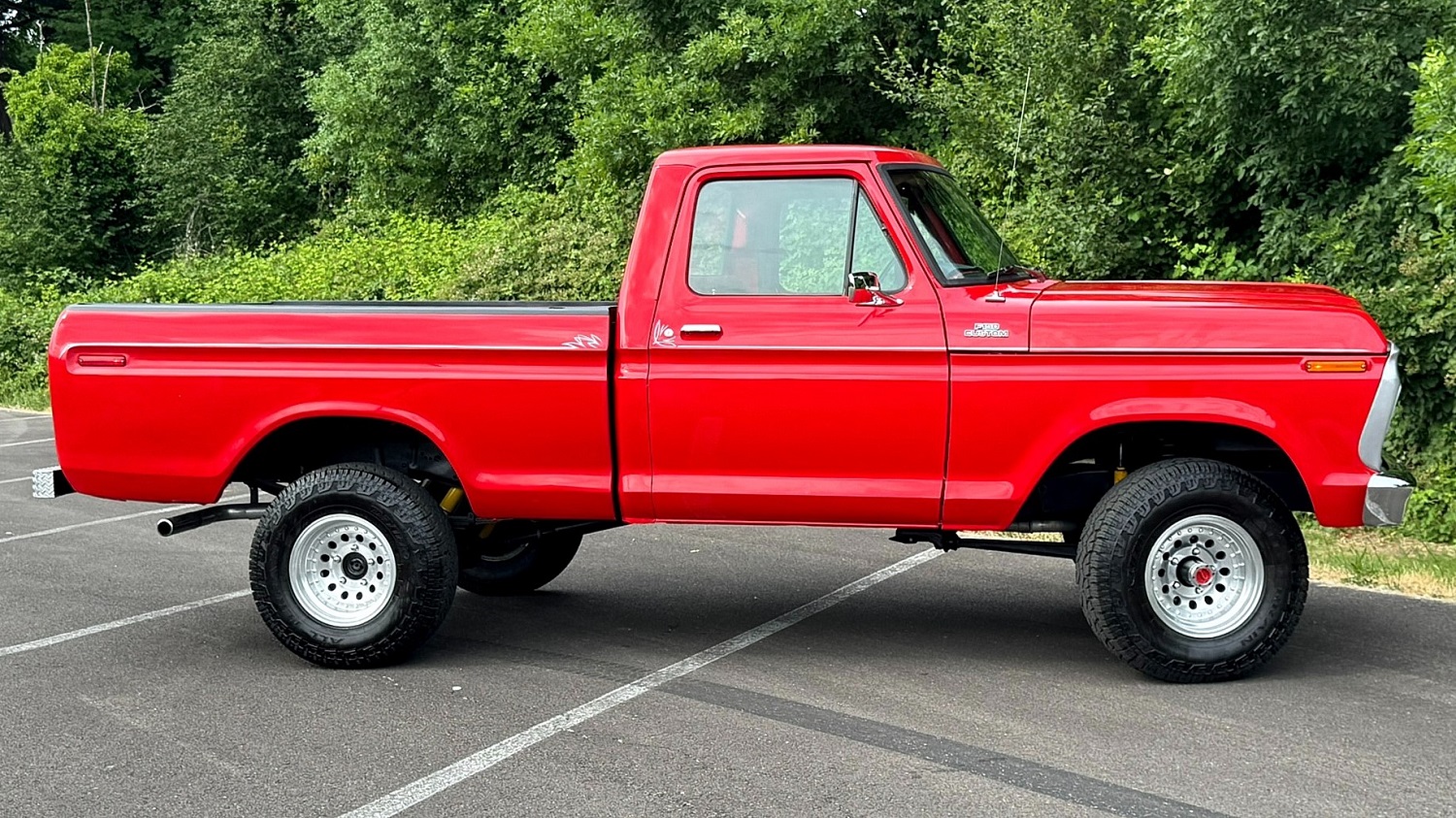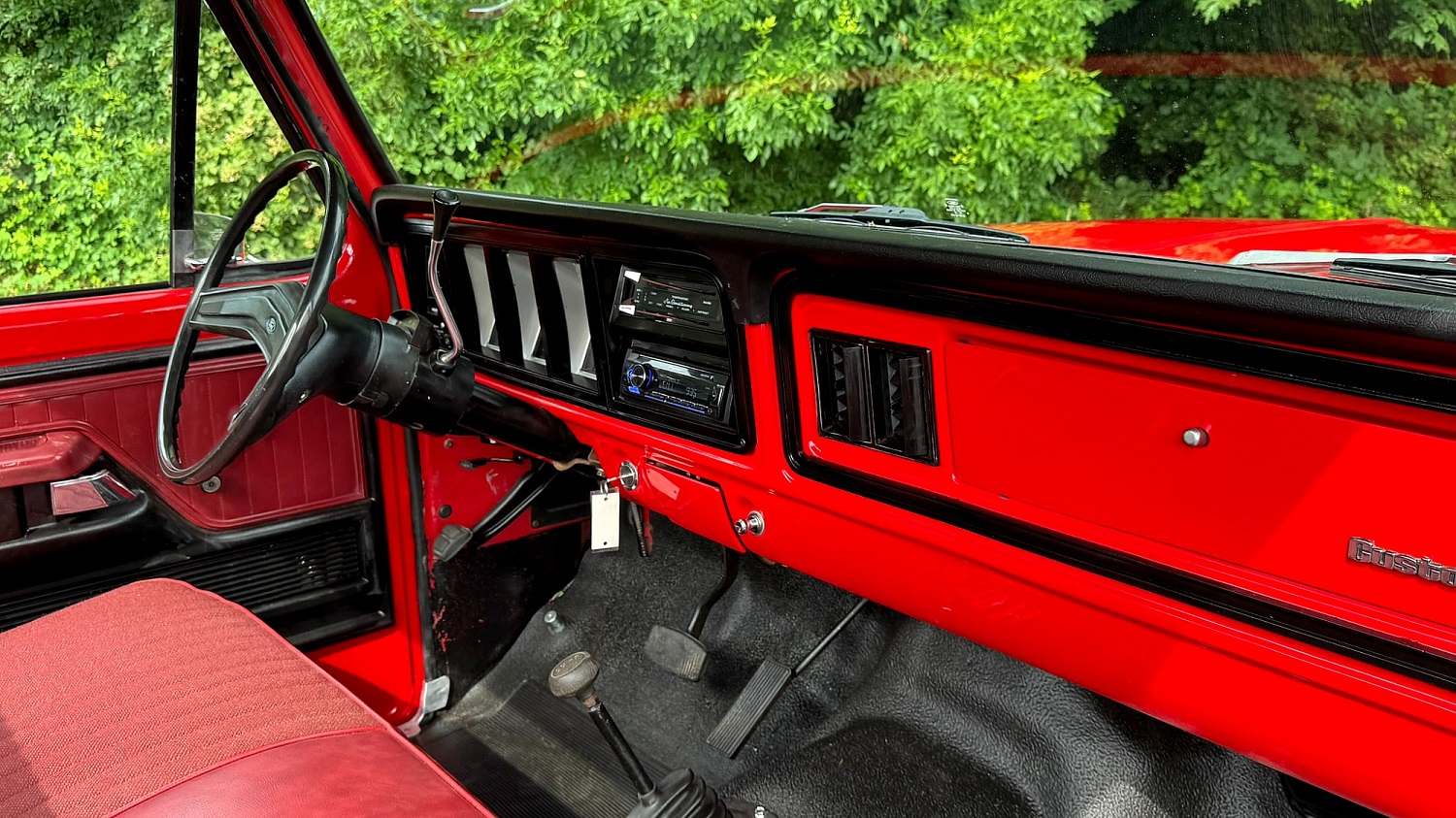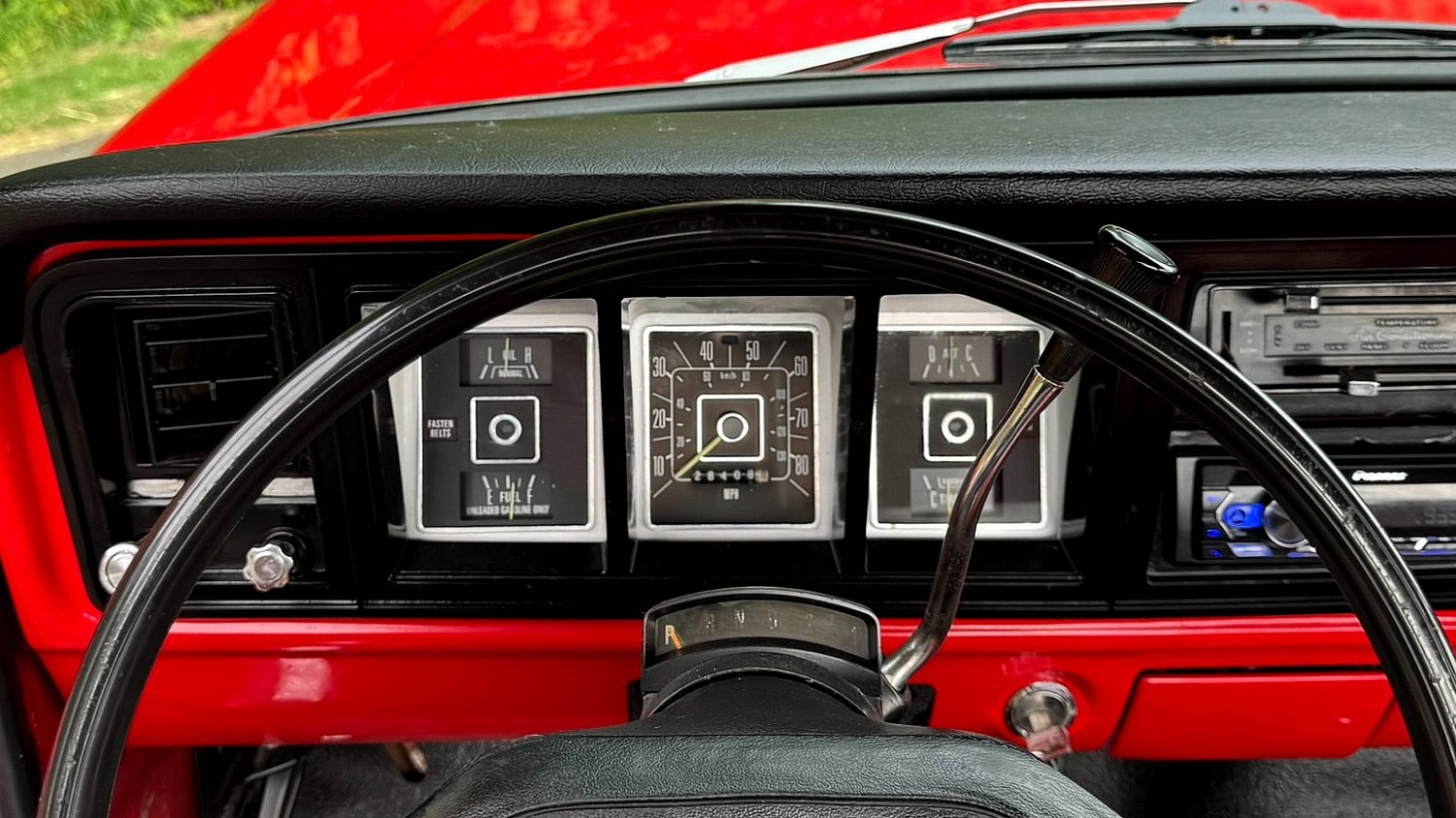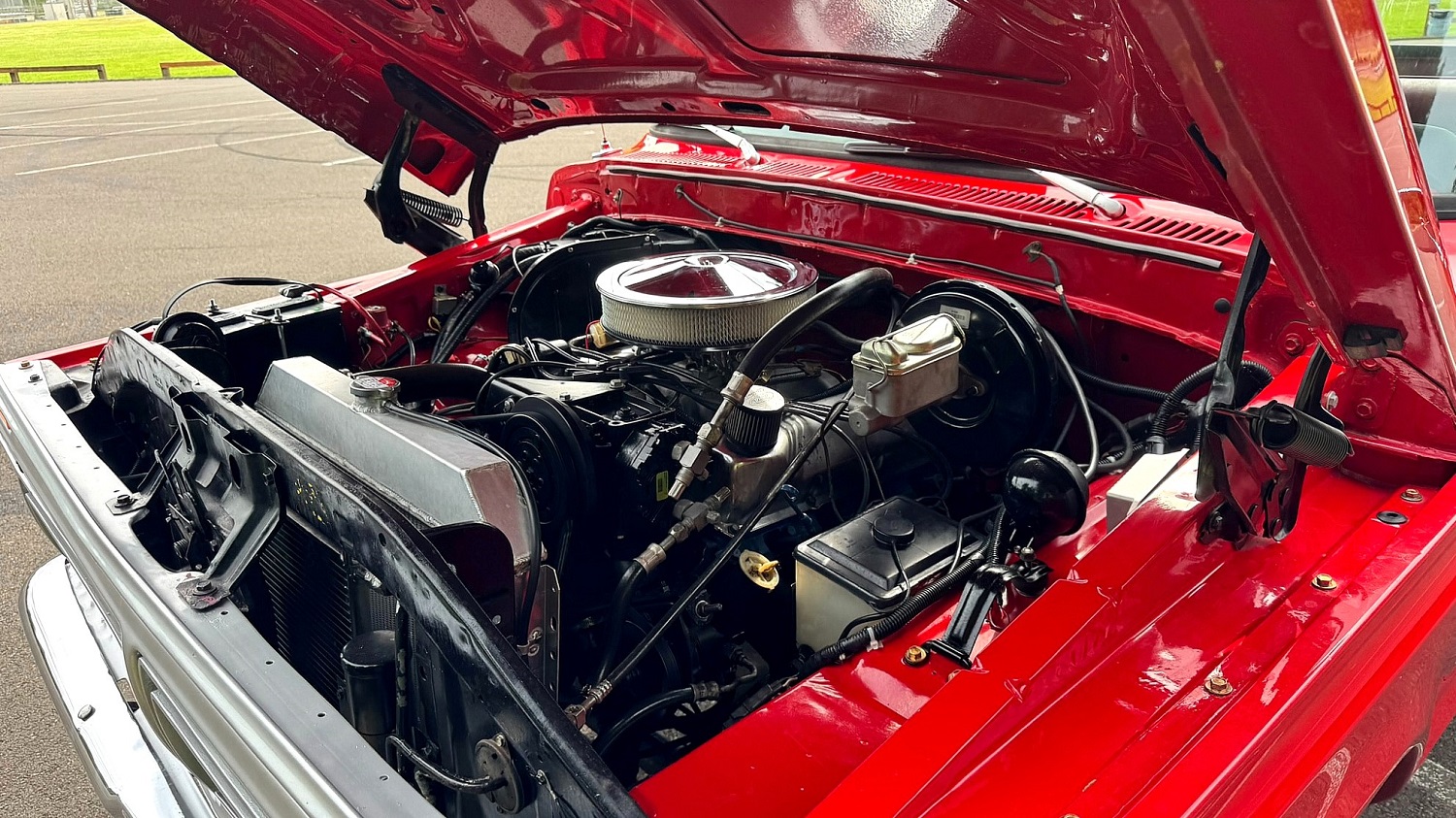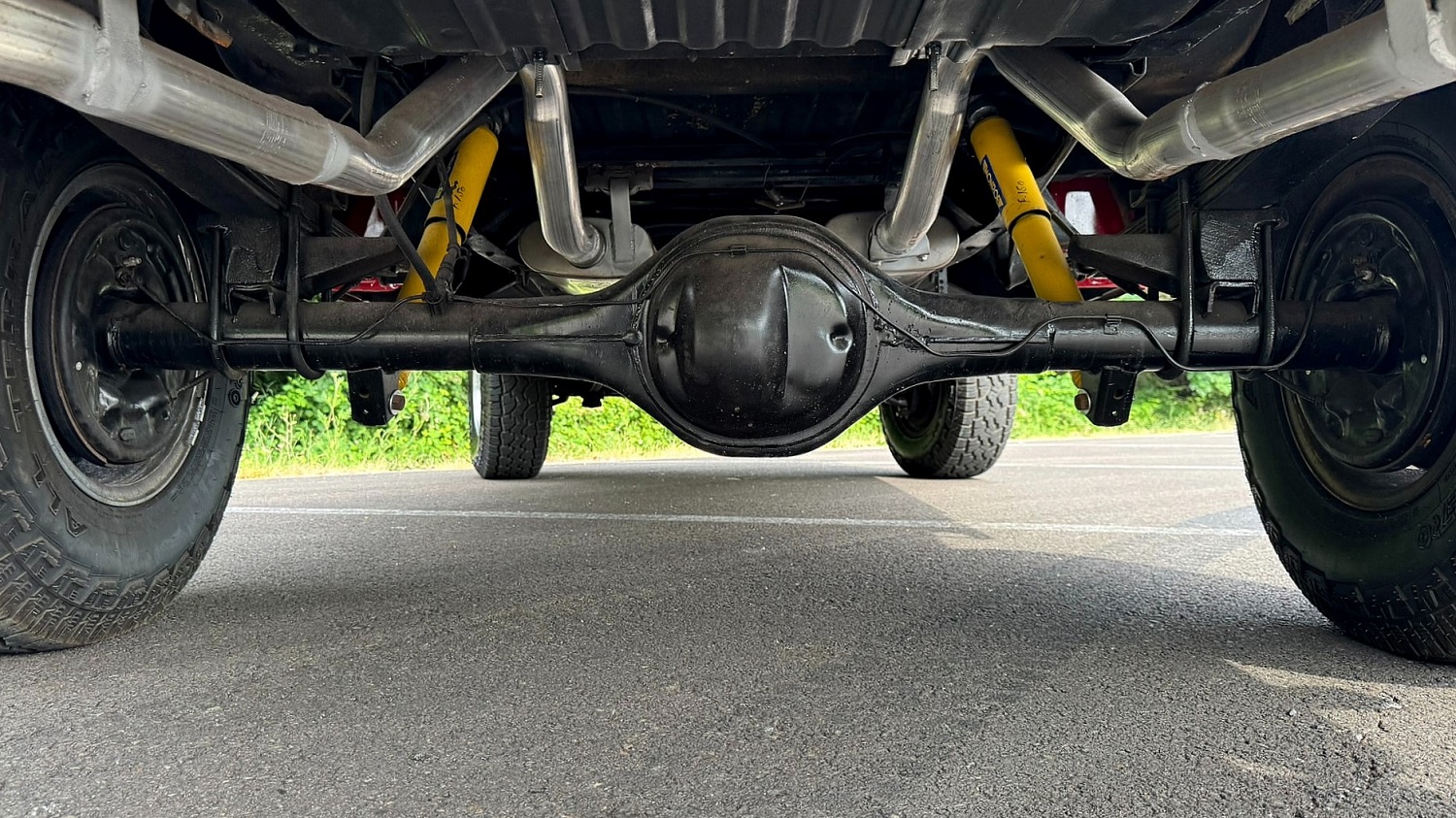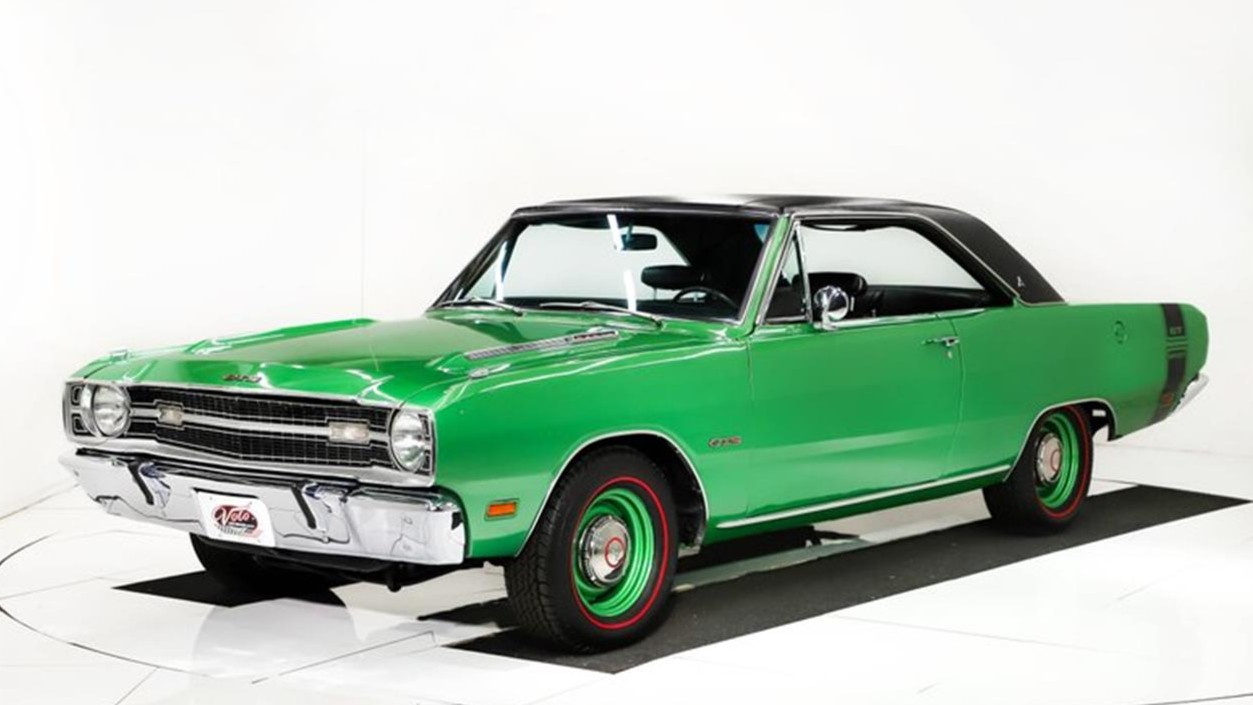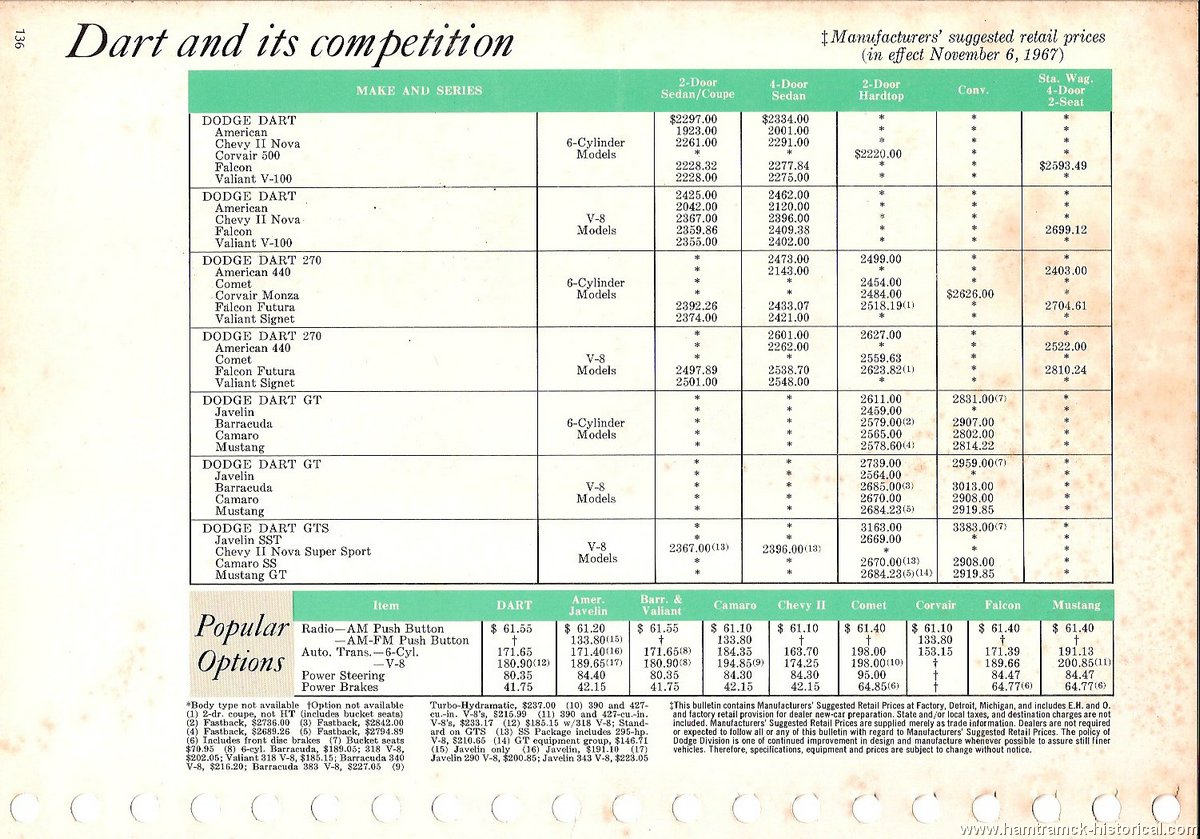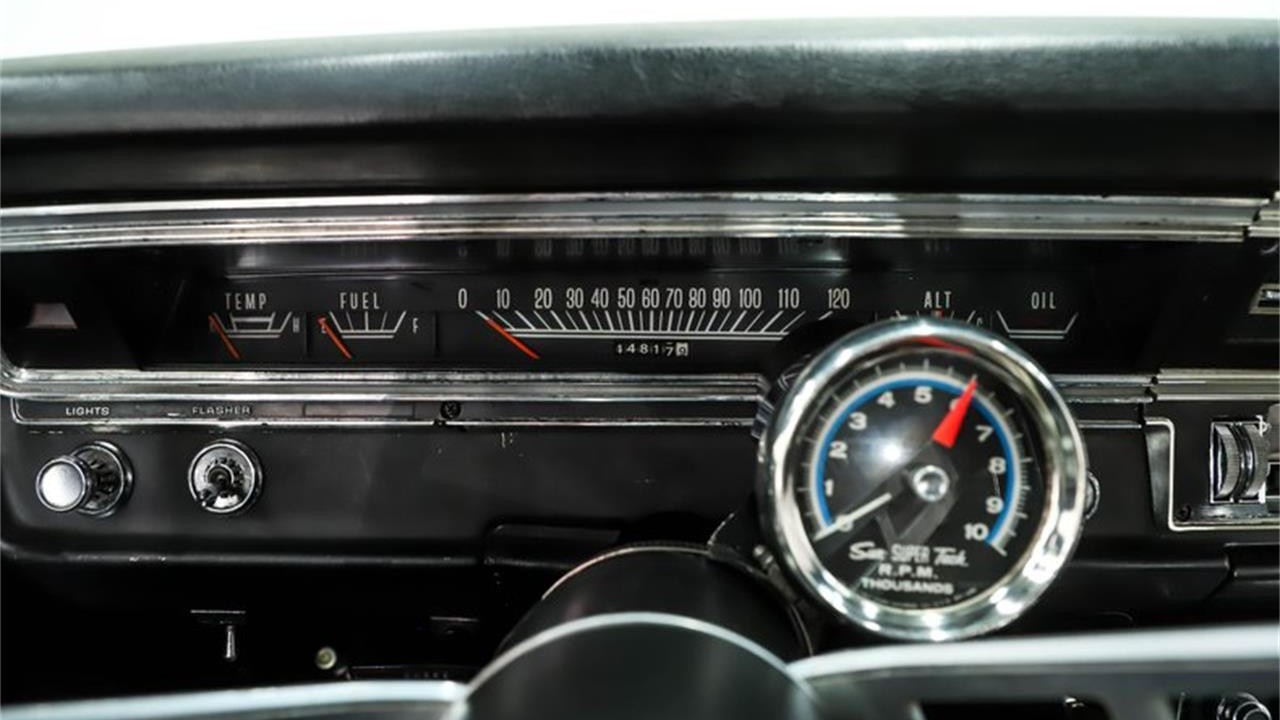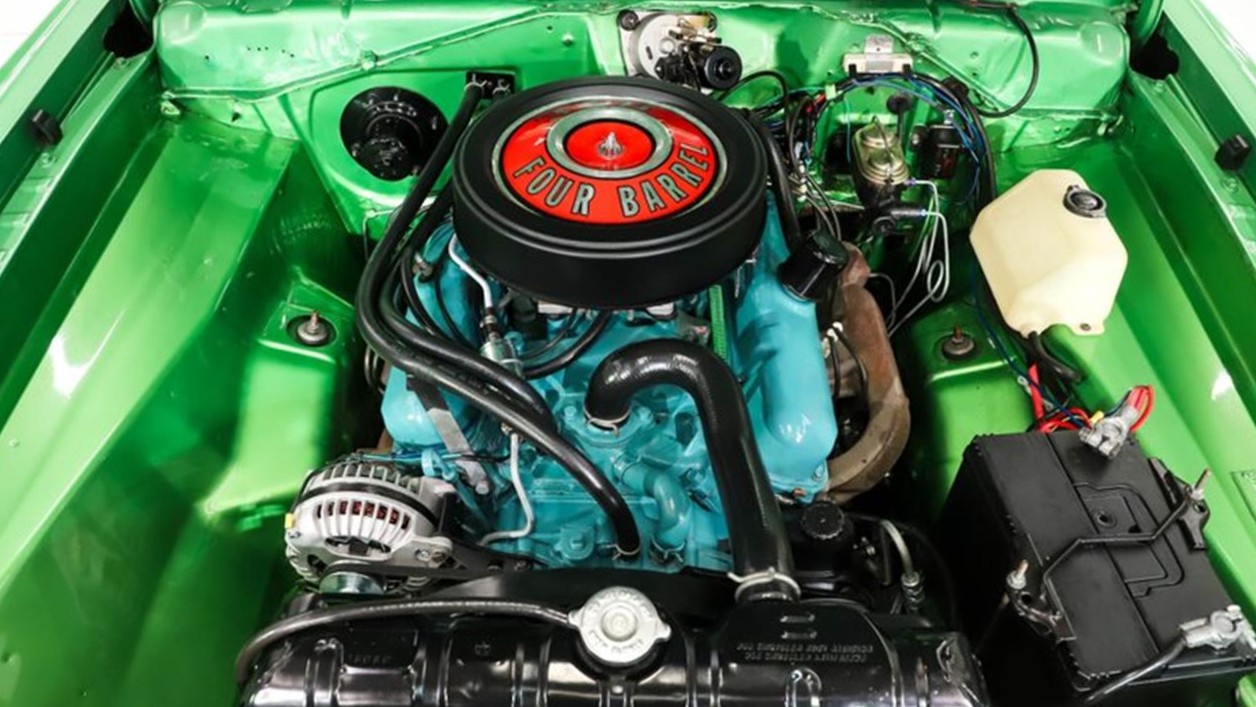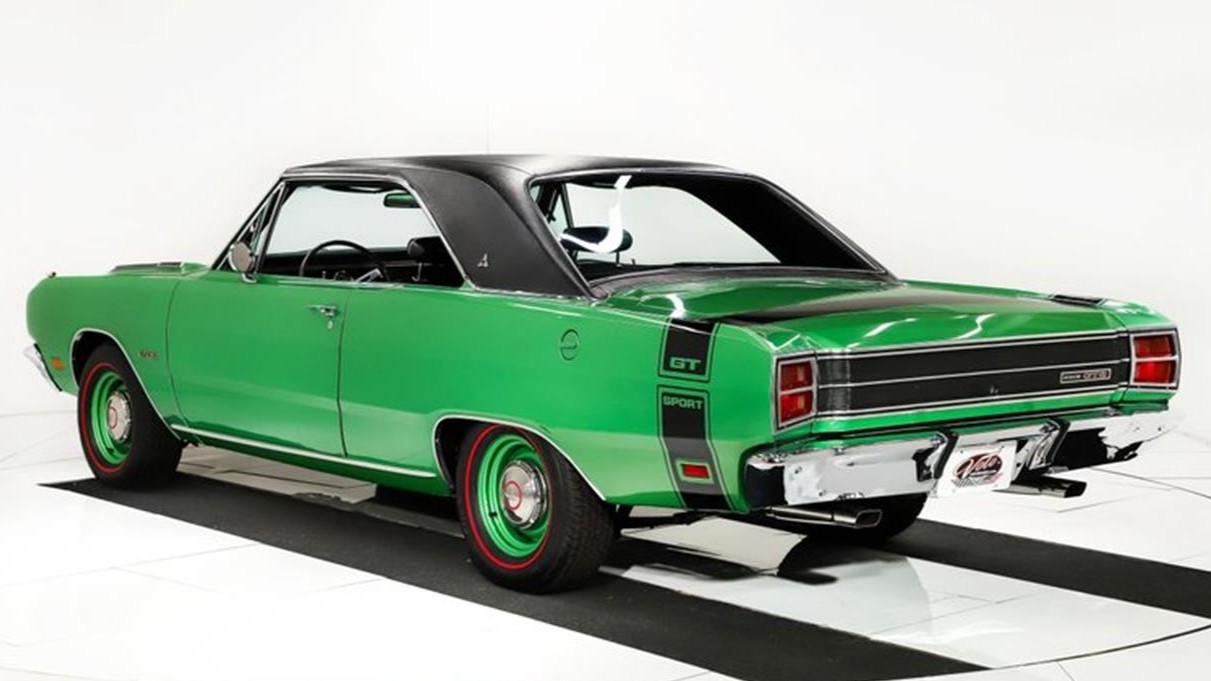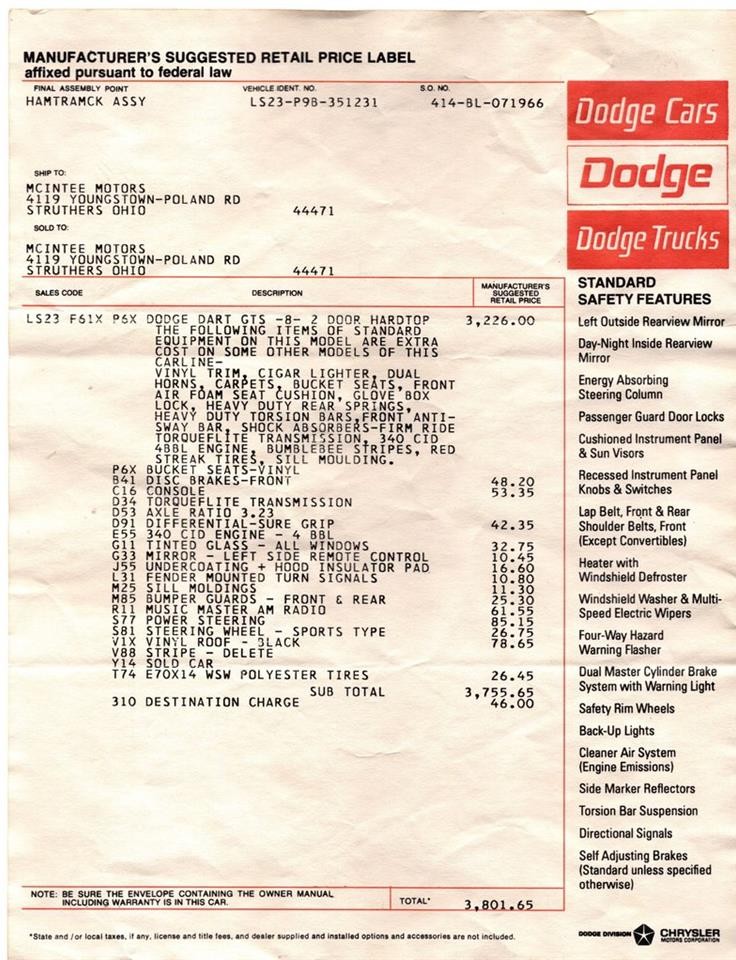Summer is in full swing, and there’s no better way to soak in the sunshine than behind the wheel of a cool 1970s convertible.
This was a decade of bold contrasts and automotive flair. In the early ’70s, American streets thundered with the power of convertible muscle cars that turned every stoplight into a starting line. As the decade wore on, style began to shift and in came smooth cruising. Luxury convertibles redefined cool with their expansive hoods and plush interiors, turning every drive into a slow- motion red-carpet moment.
Meanwhile, across the Atlantic, Europe brought its own flavor to the open-air scene. Compact, spirited and undeniably stylish, European convertibles offered a zesty take on summer freedom. Whether you prefer Detroit steel or a European drop-top, the ’70s had a convertible for every kind of vibe, and they’re still perfect for catching rays and turning heads today. Check out this gallery featuring some of the highest-ranking convertibles that have crossed the Barrett-Jackson block over the last year.
MAIN PHOTO: 1971 PLYMOUTH ’CUDA CONVERTIBLE
SOLD! $214,500
2025 SCOTTSDALE AUCTION
One of 87 produced. Restored by Dave Dudek. Powered by its original engine and date-code-correct transmission. Includes Build Sheet and certified by Wise Validation Report.

1970 CHEVROLET CHEVELLE CUSTOM CONVERTIBLE
SOLD! $291,500
2025 SCOTTSDALE AUCTION
Fresh, professional build with 300 test miles. Powered by a Chevrolet LT4 supercharged V8 engine and a Tremec 6-speed manual transmission. Equipped with a Roadster Shop chassis, 3-inch stainless-steel exhaust, Penske double-adjustable shocks and a custom leather interior.
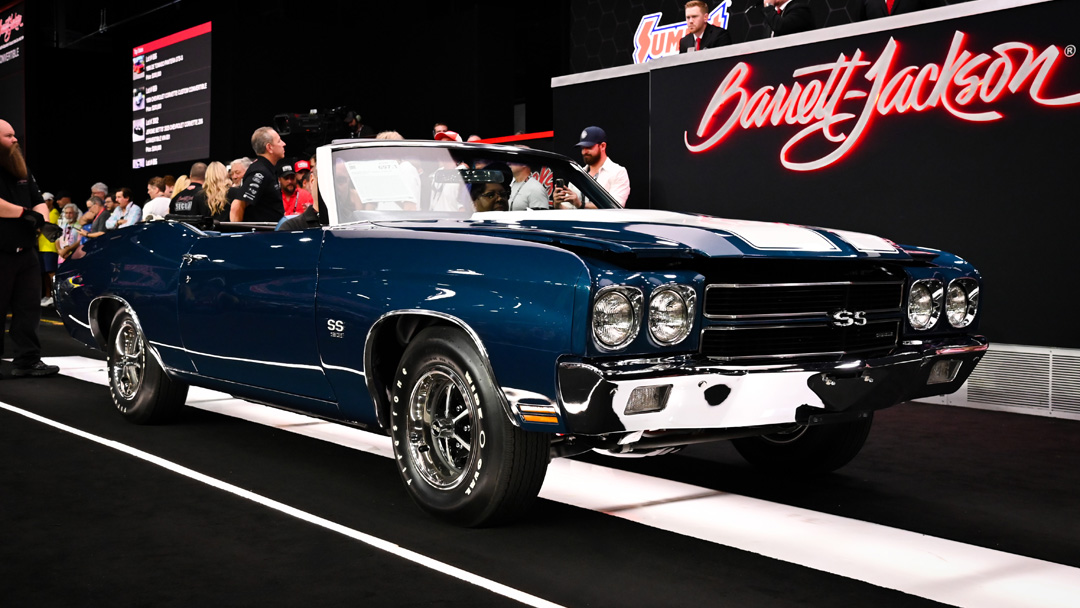
1970 CHEVROLET CHEVELLE SS L34 CONVERTIBLE
SOLD! $198,000
2025 PALM BEACH AUCTION
Certified by Chevelle expert Chris White. Comes with the original Build Sheet. Powered by the original
matching-numbers 396/350hp V8 engine and 4-speed manual transmission. From the MS CLASSIC CARS Collection.
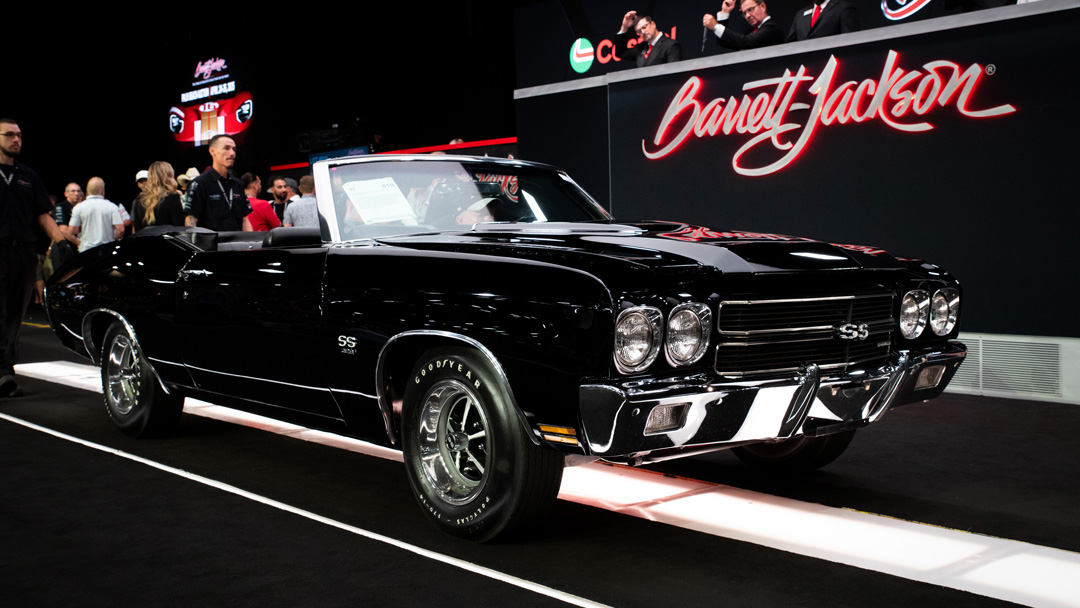
1970 CHEVROLET CHEVELLE SS 396 CONVERTIBLE
SOLD! $126,500
2024 SCOTTSDALE FALL AUCTION
Powered by an L78 396/375 engine mated to a Muncie M21 close-ratio 4-speed transmission, with a 3.55 12-bolt posi-traction rear axle.
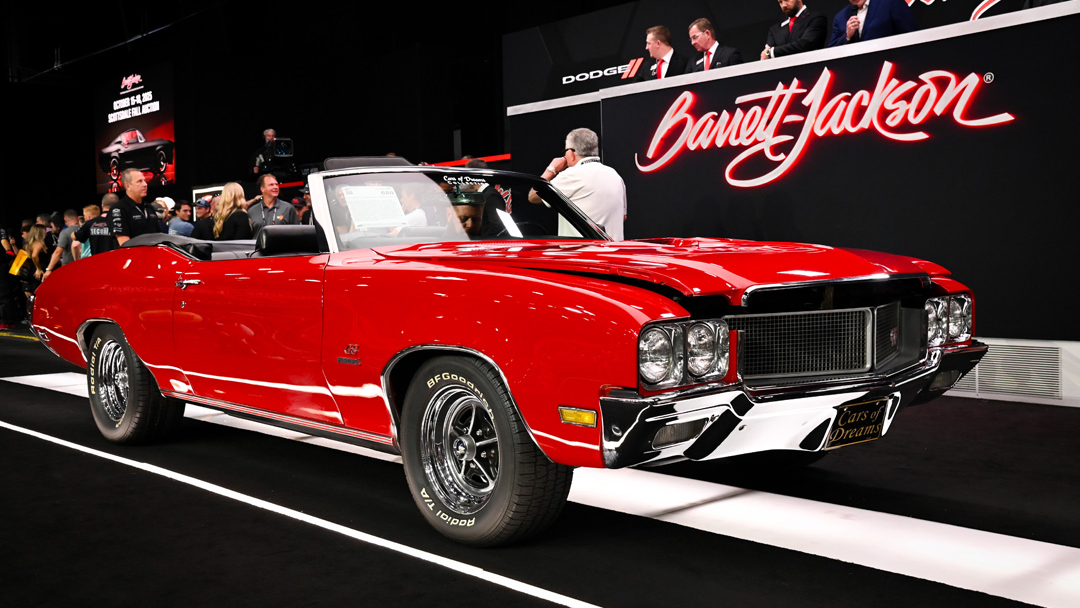
1970 BUICK GS 455 STAGE 1 CONVERTIBLE
SOLD! $110,000
2025 PALM BEACH AUCTION
One of 232 for the model year. Equipped with a matching-numbers 455ci V8 engine and automatic
transmission, factory air conditioning and bucket seats, as well as power steering, brakes, windows and top. From the Cars of Dreams Collection.
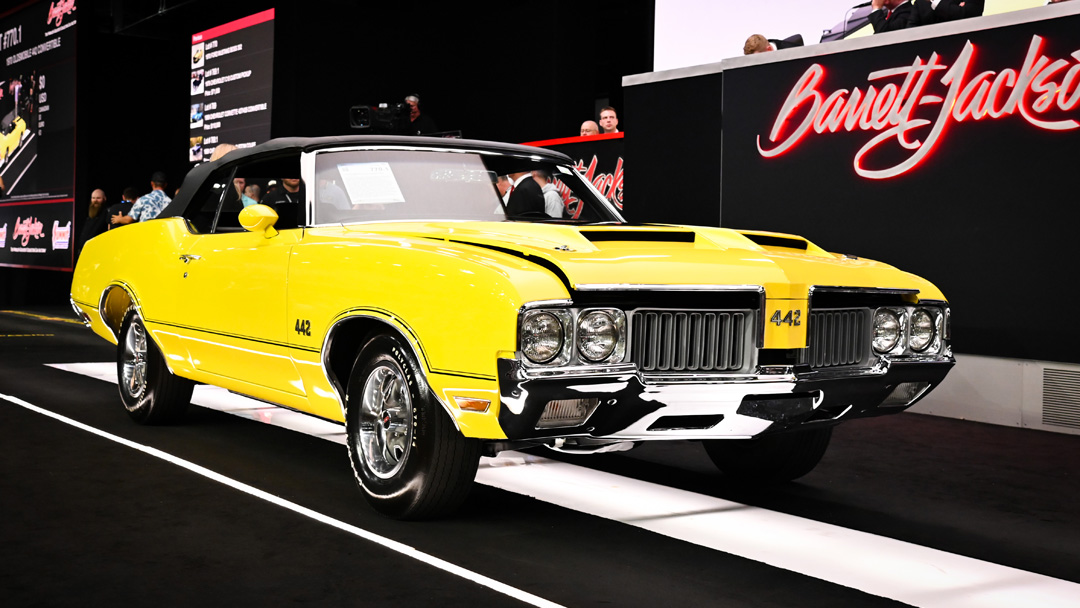
1970 OLDSMOBILE 442 CONVERTIBLE
SOLD! $110,000
2025 PALM BEACH AUCTION
Powered by its matching-numbers 455/365hp engine and original Turbo 400 automatic transmission with a 3.23 ratio posi-traction rear. Features factory air, power accessories, W25 option and more. Documented with two original Build Sheets.
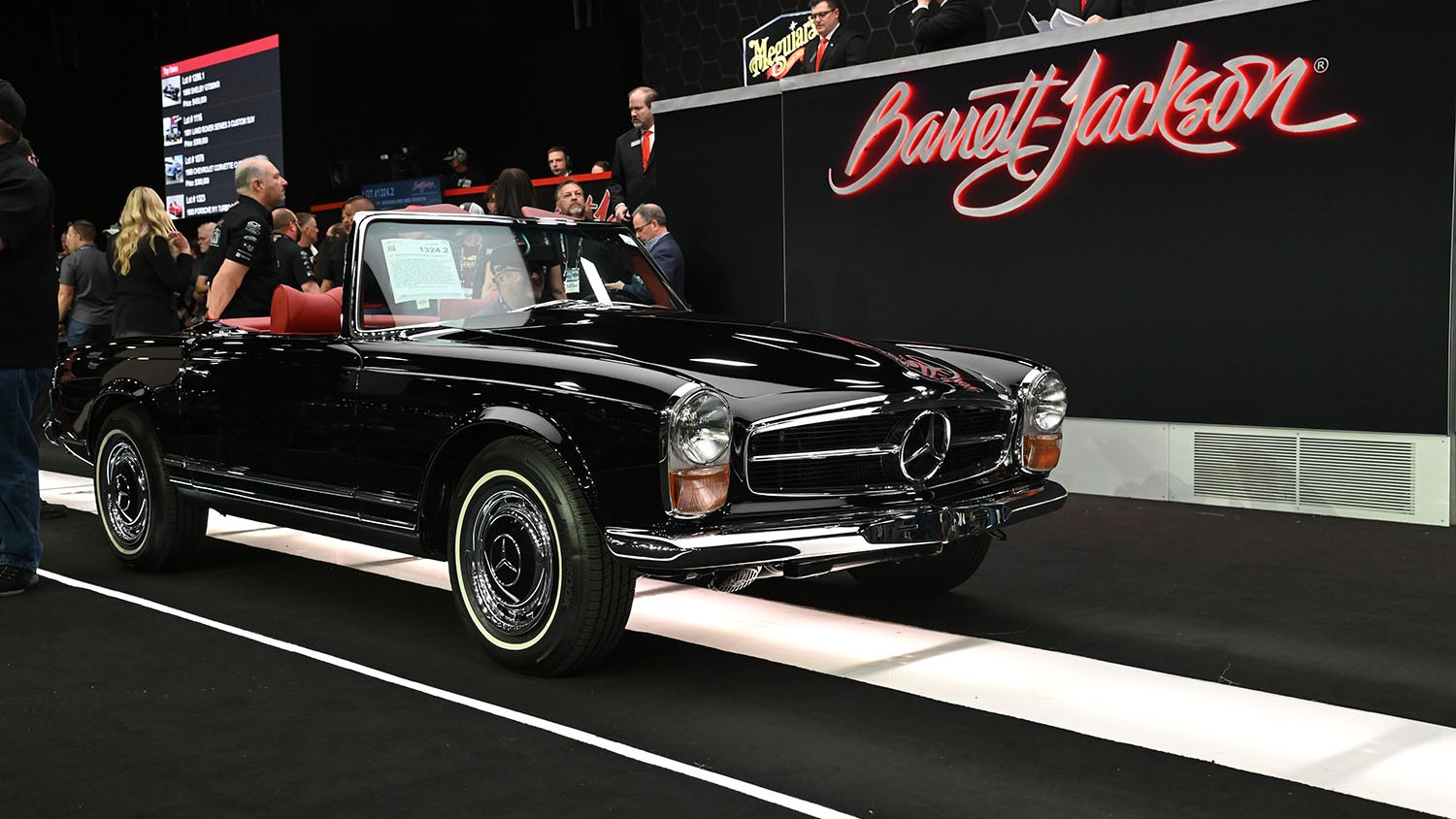
1971 MERCEDES-BENZ 280SL ROADSTER
SOLD! $176,000
2025 SCOTTSDALE AUCTION
Extensive rotisserie restoration. Powered by a M130 2.8-liter inline-6 engine paired with an upgraded ZF 6-speed manual transmission. Finished in a black exterior over a red leather interior.
This article was originally published on Barrett-Jackson.com.


